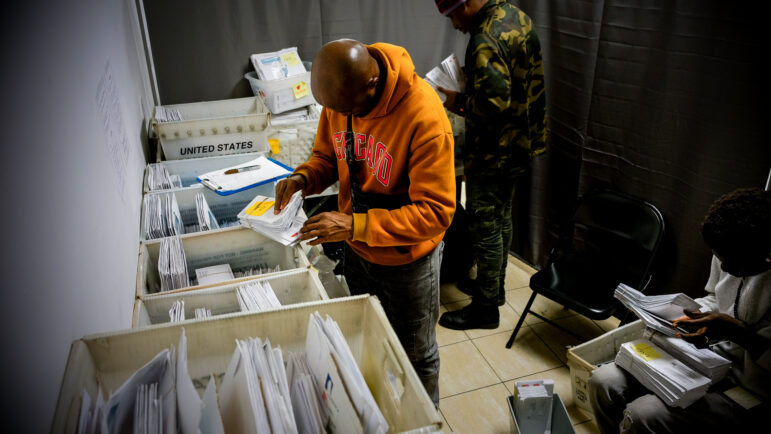Bronx Borough Hall has been touting its recent selection as an “All-American City”–but rumors of the borough’s rebirth may be premature. A new citywide report relates the sobering reality that despite some improvements, the South Bronx remains the city’s poorest, most blighted and least educated area.
In a sweeping analysis to be released today, the progressive City Project reports that the South Bronx is home to four out of the five worst-performing neighborhoods in New York. Councilman Jose Rivera’s Fordham district fared worst among the 51 City Council districts in a ranking of economic, social, housing, health and education indicators.
But Wendell Foster’s district, which includes Highbridge, Melrose and Morrisania, is flat-out the poorest: 37 percent of residents receive public assistance and more than half get Medicaid, compared to a citywide average of 13 percent and 23 percent respectively. The district’s median income of $13,513 was the city’s lowest-just barely worse than the bordering South Bronx districts of Rivera and Pedro Espada, who represent Mott Haven and Hunts Point.
Despite the creation of almost 30,000 new housing units in the last decade, South Bronx residents still pay more of their income in rent than other city renters, the report noted.
“The land and the buildings are good, but the people are worse off than ever,” said Jim Fairbanks, Foster’s chief of staff.
The report links the low numbers to poor educational achievement. Foster and Espada’s districts are tied for second worst in reading scores–Rivera’s district sits at the bottom of that list. In math, Espada’s constituents ranked dead last.
More grim are the area’s health stats. In Foster’s neighborhood, 11.2 infants die per 1,000 births, compared to 8.8 citywide. Asthma and teen pregnancy rates also soar above average. As a group, the eight districts in central and east Brooklyn are doing only marginally better. Of the 143,472 residents in Una Clarke’s Flatbush district, a mere 10,746 have private-sector jobs–one-fifth of the citywide average. Overall, Clarke’s district supports a paltry 1,000 private businesses, one-third of the citywide average.
As expected, Staten Island, much of Queens and Manhattan below 96th Street landed at the top of almost every category. Still, there were a few surprises. Although Gifford Miller’s Upper East Side district is the second-richest in the city, his constituents had roughly the same incidence of low birth weight babies–eight percent–as Washington Heights residents, who earn an average of $30,000 less a year.
The data from Miller’s district also disproves the assumption that all overcrowded schools are bad. Upper East Side’s schools operate at a far-above-average 120 percent of capacity, yet reading scores are the city’s best. For a copy of the $15 report, call Glenn Pasanen at the City Project at 212-866-0700.








